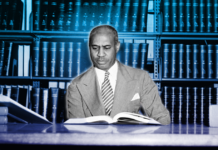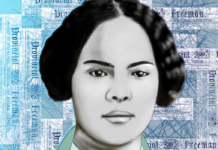It’s an election year. You may have noticed the attack ads and canvassing in your neighborhood. Your students have likely noticed these things too, but they might not necessarily have the context to understand exactly what is going on.
It’s always a good idea to teach students about the political process but an election year presents an invaluable opportunity to utilize what is going on around students to help them make sense of the way politics work.
Here are 4 strategies you can use to teach your students about the upcoming election:
1. Examine the issues and the candidate’s stances on those issues.
If you teach middle and high school, then you may have noticed your students are very opinionated. Use that to your advantage. Talk about key political issues in class and have them form opinions. Then examine where the candidates fall on those same issues. Comparing your views with the views of politicians is the first step of becoming an informed voter.
2. Call their attention to the things they have noticed around them.
In the months leading up to an election, things tend to change around town. Draw attention to those changes. For example, campaign signs are everywhere. Ask students if they have seen campaign signs around town. Which candidates’ signs are in their neighborhood? Why did that particular candidate choose to put their signs in that neighborhood? Many politicians advertise on YouTube. Your students probably skip these adds but encourage them to pay attention to them. Ask them how they feel about attack ads.
Simply talking about what they notice during election season can lead to many teachable moments.
3. Hold class elections.
Election time is a great time to introduce class jobs or positions. Use a scaled-down version of the election process to choose those positions. It makes the concepts stick for students. For example, in a midterm election, different areas are voting for representatives. Have different classes or sections choose their own representatives and have those representatives decide on issues just like Congress.
It’s one thing for students to debate the national issues but being able to participate in a similar process helps them understand the election even more.
4. Allow them to vote on real candidates.
Assuming that you have already talked about the issues and the candidates, then your students may be ready to cast their own votes. Let them. No, they can’t actually vote until they are 18 but there is no reason why your class can’t cast votes for the candidates they want to win. This is especially effective if you allow them to do it immediately before election day. Once students have cast a fake vote for the candidate of their choice, they may be more invested in seeing who won in real life. The next day talk about the differences in the results of your class election and the real election. This is a great lead-in to a lesson on demographics, statistics, and polling.
If you teach any type of social studies or history class, you should already be teaching your students about the election process. What better way to do that than to actually use the election. Elections don’t come around every year so make sure you take advantage when they do.










